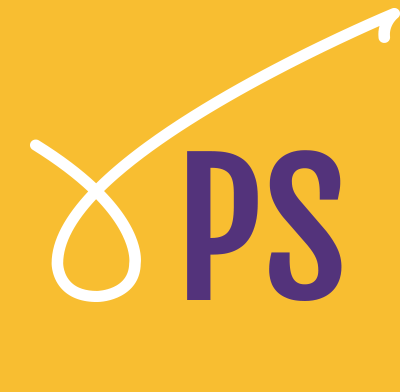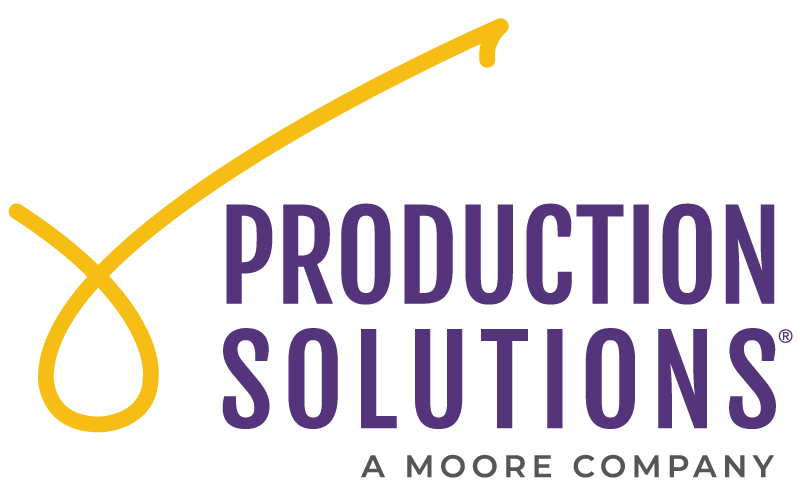Top Facebook Advertising Mistakes Affecting Your Results (Part I)
 Production Solutions
Production Solutions
Advertising on Facebook can be tricky. How can you be sure your ads are making an impact and leading to your desired outcomes? In part one of this two-part series, our digital experts list five of the top 10 Facebook advertising mistakes affecting your results:
Following the 20% text rule
Facebook has an idea of how much text is appropriate in each image and will reflect their view in the “relevance score” for your ad. The more text you use in your image, the lower your relevance score will be. This means higher costs per impression to get your text-laden ad in front of your target audience. More money, less impressions. Yuck.
Just go with them on this one. If you have text you want in the ad, just consider putting that text in the provided fields for text input.
Using the wrong campaign objective
It’s easy to fall back on the tried-and-true “clicks” objective. It has its place (testing ad variants to see which is more likely to engage ad viewers), but once its role is complete in the campaign’s lifecycle, there are better objectives to set Facebook’s big “algo” brain on. For example, with a properly configured tracking pixel in place, Facebook can help locate people who are more likely to perform the high value actions on your website – purchasing, signing up for emails, sharing content on social media, donating to a cause etc.
So, unless your goal is truly to just get eyeballs on that landing page, then it’s time to consider one of Facebook’s more detailed objectives.
Using more than three active ads per ad set at any one time
We’re not saying you can’t write 100 ads in advance, just don’t run them all at once. Facebook will generally identify what it feels is an early winner and stack impressions towards that ad. This is definitely desired behavior, but when there’s more than 3-5 ads per ad set, the remaining impressions will be spread too thinly.
If you really want to go for extra credit, check out the crazy rules you can set up automation of some of your most repeated no-brainer optimization steps. Think turning off an ad after it reaches a number of impressions, turning off ads below a certain performance threshold etc., and I’m sure you can start to imagine the fun combinations that could save you both time AND budget.
Not performing ongoing testing & optimization
Part of the brilliance of Facebook marketing comes from making real-time adaptations to what is working and what isn’t. With a TV or Radio ad, you typically get one chance to get it right. With Facebook, you can try out all kinds of concepts to your heart’s desire.
There’s just one catch – you need to be monitoring for performance. Does the ad work on Instagram? What’s the cost per click for placements in the audience network? What age/gender responds best to the ad? If you’re not asking yourself these questions and making adjustments accordingly, you’re missing out on some considerable advertising accuracy.
To extend this concept a bit, optimizing is nice, but testing is best. Think “reactive insights” versus “proactive findings”. Think like a mad scientist and come up with all kinds of hypotheses about how people will respond, then formulate a campaign structure to test your theories. Test different images with the same ad copy. Test different CTAs. Test different ad formats and website paths. Maybe test what Grandma Lucy thinks will make a difference, especially if she’s in your target audience. Test what you suspect will have a noticeable effect on performance.
Testing skills will develop as you start to notice certain patterns in your optimization, and of course, after thinking more proactively about what you want to test. You’ll know you’re making progress when the test you come up with reveals a noticeable uptick in performance in one of the variants!
Sending paid traffic to a website without proper tracking in place (Facebook Pixel / UTM parameters)
We discussed the importance of ongoing testing and optimization of ad campaigns. The heart of being able to make the hard decisions on what’s working versus what isn’t is precision tracking. Maybe 35-year-old males struggle on step 2 of your checkout process? Maybe your landing page is poorly optimized for mobile devices? Maybe a condensed landing page performs way better at converting when compared to sending traffic to your home page?
You’re only able to look into performance as far as you have set up many of the “optional” features that Google and Facebook provide for understanding the behavior of your web traffic. It requires a bit of extra homework, but we have seen that doing your homework pays off time and time again. Of course, a talented analyst or two can really help decrease the resources required to find YOUR ad campaign super star…
Stay tuned for part two of this series! In the meantime, feel free to reach out to a digital experts here at Production Solutions to assist with your Facebook advertising needs.





